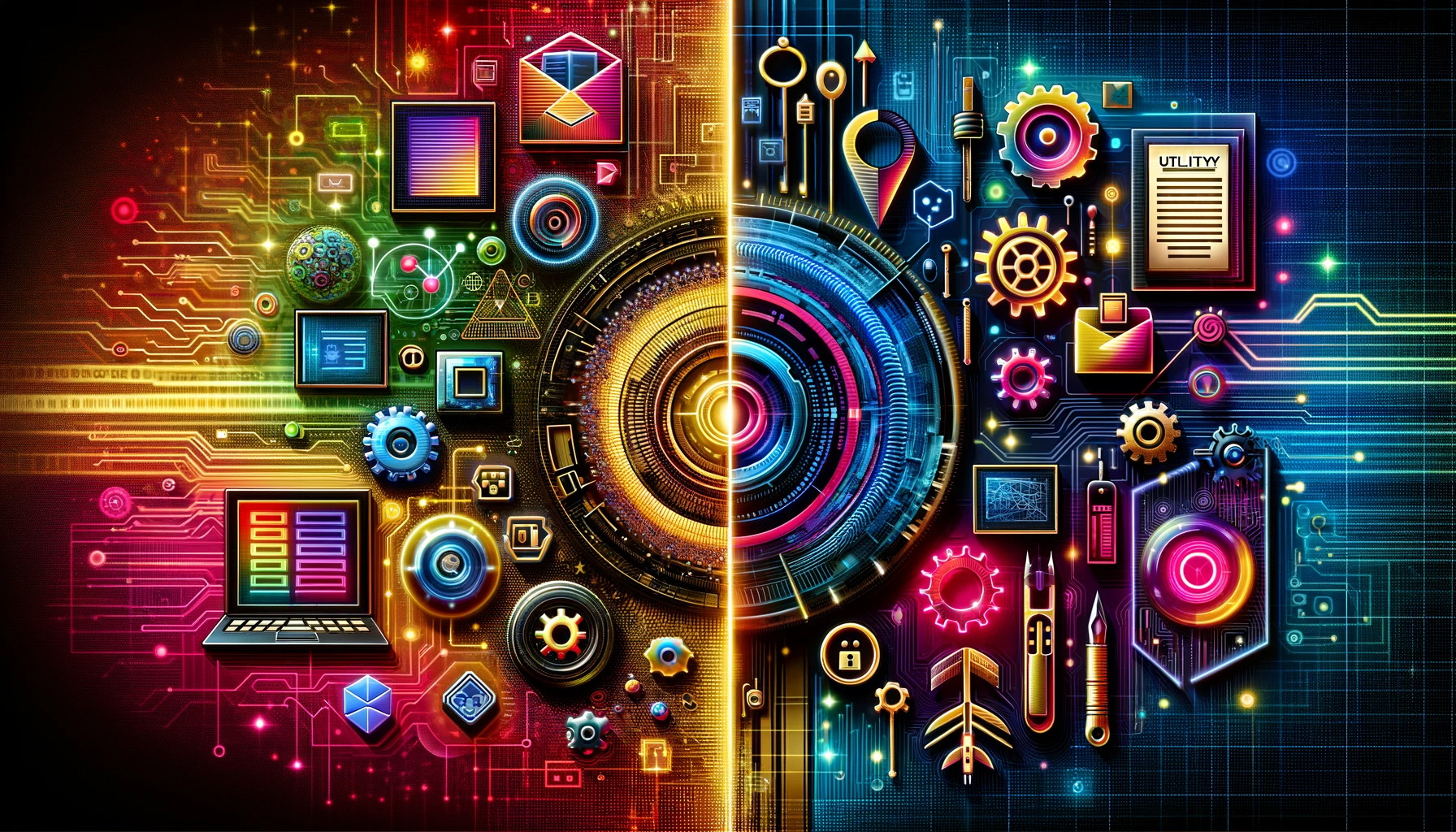Utility NFTs: Beyond Collectibles to Real-World Applications
 Gaurav Vishwakarma
Gaurav Vishwakarma
In recent times, the world of Non-Fungible Tokens (NFTs) has evolved significantly. Initially popularized as digital collectibles, NFTs are now undergoing a transformative shift towards becoming utility NFTs. This evolution is seeing them emerge as practical tools offering real-world benefits and authenticating digital objects, marking a pivotal moment in the blockchain and digital asset space.
Understanding Utility NFTs
Utility NFTs differ from traditional NFTs, which are primarily known for their exclusivity and collectible nature. These newer forms of NFTs extend beyond art and collectibles to provide tangible, practical benefits to their holders. They can represent ownership or membership rights, access to services or events, and even authenticate physical objects (source: Forbes).
The Shift from Collectibles to Practical Tools
1. Authenticating Digital and Physical Objects
One of the most significant applications of utility NFTs is in authenticating both digital and physical objects. By attaching an NFT to an item, its authenticity and provenance can be securely tracked on the blockchain, combating counterfeiting and enhancing trust (source: IBM Blockchain).
2. Access and Membership
Utility NFTs are also redefining what it means to hold a membership or have access to services. For instance, owning a specific NFT could grant access to exclusive online communities, events, or services, making them more than just digital art - they become a key to unique experiences (source: Decrypt).
3. Integrating with DeFi and Other Blockchain Services
The integration of utility NFTs with decentralized finance (DeFi) platforms and other blockchain services is a growing trend. These NFTs can represent financial instruments like insurance policies or loans, adding a new dimension to the DeFi ecosystem (source: Cointelegraph).
4. Gaming and Virtual Worlds
In gaming and virtual worlds, utility NFTs are used to represent in-game assets, which can be anything from virtual land to unique character skins. These assets can be used within the game or traded in external marketplaces, providing real economic value to gaming enthusiasts (source: The Verge).
Real-World Examples
Prominent examples of utility NFTs include:
NFTs in Real Estate: Tokenizing property rights or real estate investments.
NFTs in Supply Chain: Tracking and verifying the authenticity of products in the supply chain.
NFTs in Intellectual Property: Managing and trading intellectual property rights.
Challenges and Future Outlook
While utility NFTs offer immense potential, they also face challenges. These include scalability issues, environmental concerns due to energy consumption of blockchain networks, and regulatory uncertainties. Despite these challenges, the future of utility NFTs looks promising as they continue to find new applications in various industries, offering more than just digital ownership but real-world utility and value.
Conclusion
The shift of NFTs from mere collectibles to utility-based tokens marks a significant evolution in the blockchain space. Utility NFTs are paving the way for a future where digital tokens have practical, real-world applications, bridging the gap between the virtual and the physical. As this space continues to grow and evolve, it will undoubtedly unlock new possibilities and redefine our interaction with digital assets.
Subscribe to my newsletter
Read articles from Gaurav Vishwakarma directly inside your inbox. Subscribe to the newsletter, and don't miss out.
Written by
